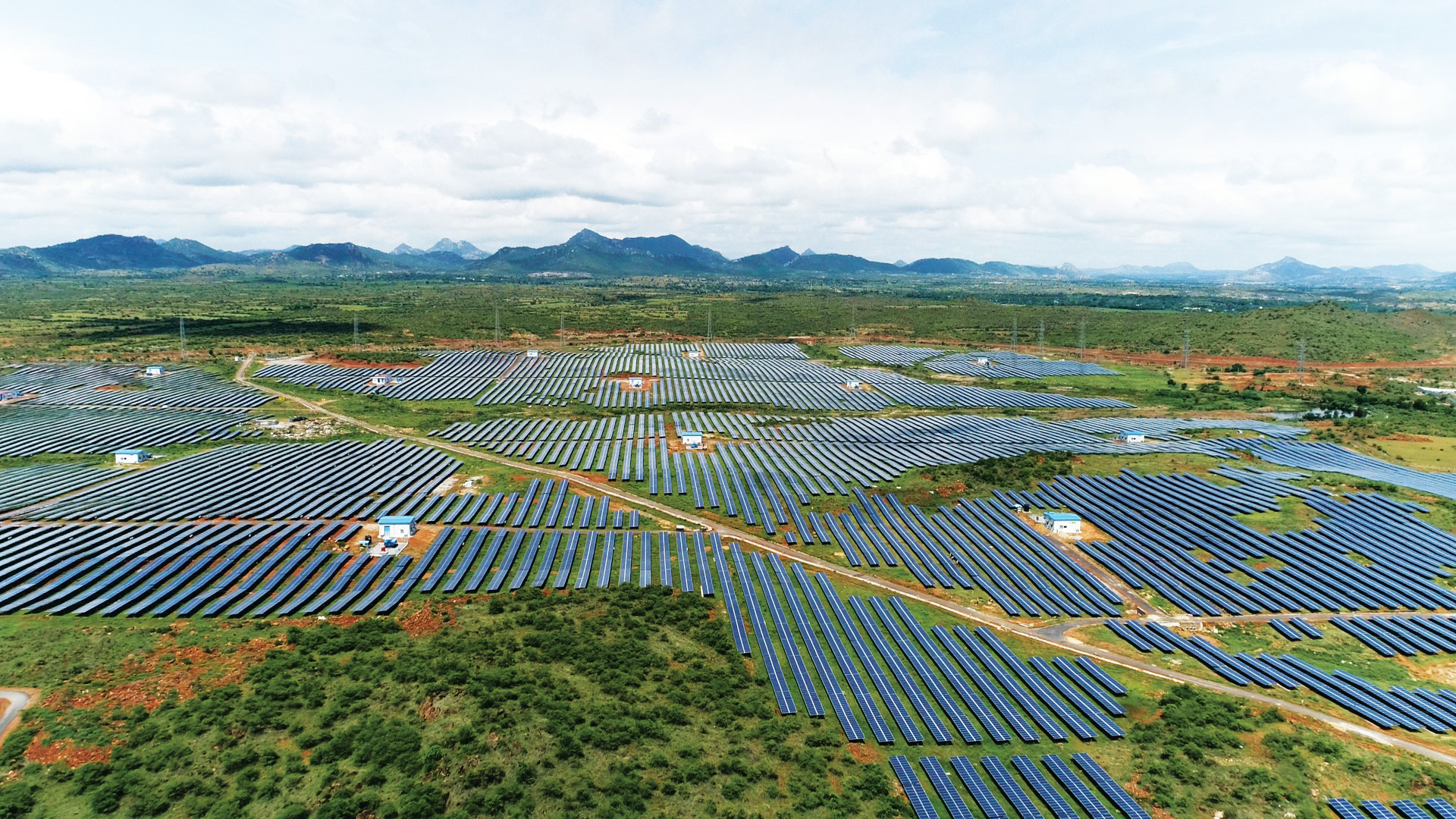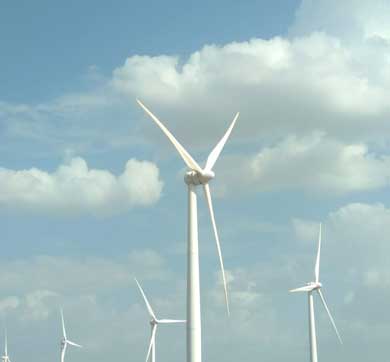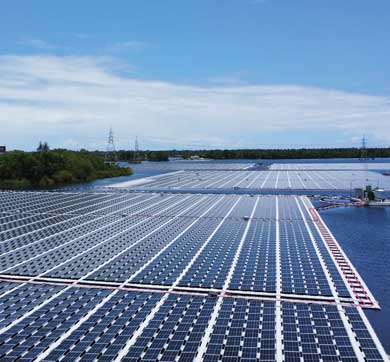February 2025 | 3489 words | 13-minute read
The morning sun casts its rays across a vast expanse of solar panels in Rajasthan’s desert landscape. This 1,000MW solar installation in Noorsar represents more than just Tata Power’s ambitious renewable energy portfolio — it symbolises the transformation of a 110-year-old utility that once powered India’s industrialisation through coal and is now betting its future on sunshine.
Under the stewardship of Dr Praveer Sinha, its Chief Executive Officer and Managing Director, Tata Power has grown its generation, transmission, distribution and renewables businesses to become one of India’s largest integrated power companies — orchestrating one of the energy sector’s most ambitious pivots. The company that once generated 80% of its electricity from conventional sources, is now aiming to flip that ratio on its head. It is targeting 70% capacity from renewable sources by 2030 through solar, wind and hydro projects across India and its neighbouring countries, such as Bhutan.
“We are committed to future-proofing the power sector by providing 24x7 reliable, clean and affordable power to not only ensure energy security but also energy independence in the nation,” says Dr Sinha.
The company, which has already achieved a 43% green energy portfolio, has limited its conventional fuel-based power generation capacity to 8.9GW. As of December 2024, it has expanded its renewable capacity to 6.7GW (with 10.1GW under development), and its total generation capacity to over 15.56GW. Tata Power now plans to spend 60% of Rs 1.46 lakh crore of its planned capex to increase its renewable capacity to 23GW by FY30, in line with India’s target of 500GW of non-fossil fuel capacity by 2030.
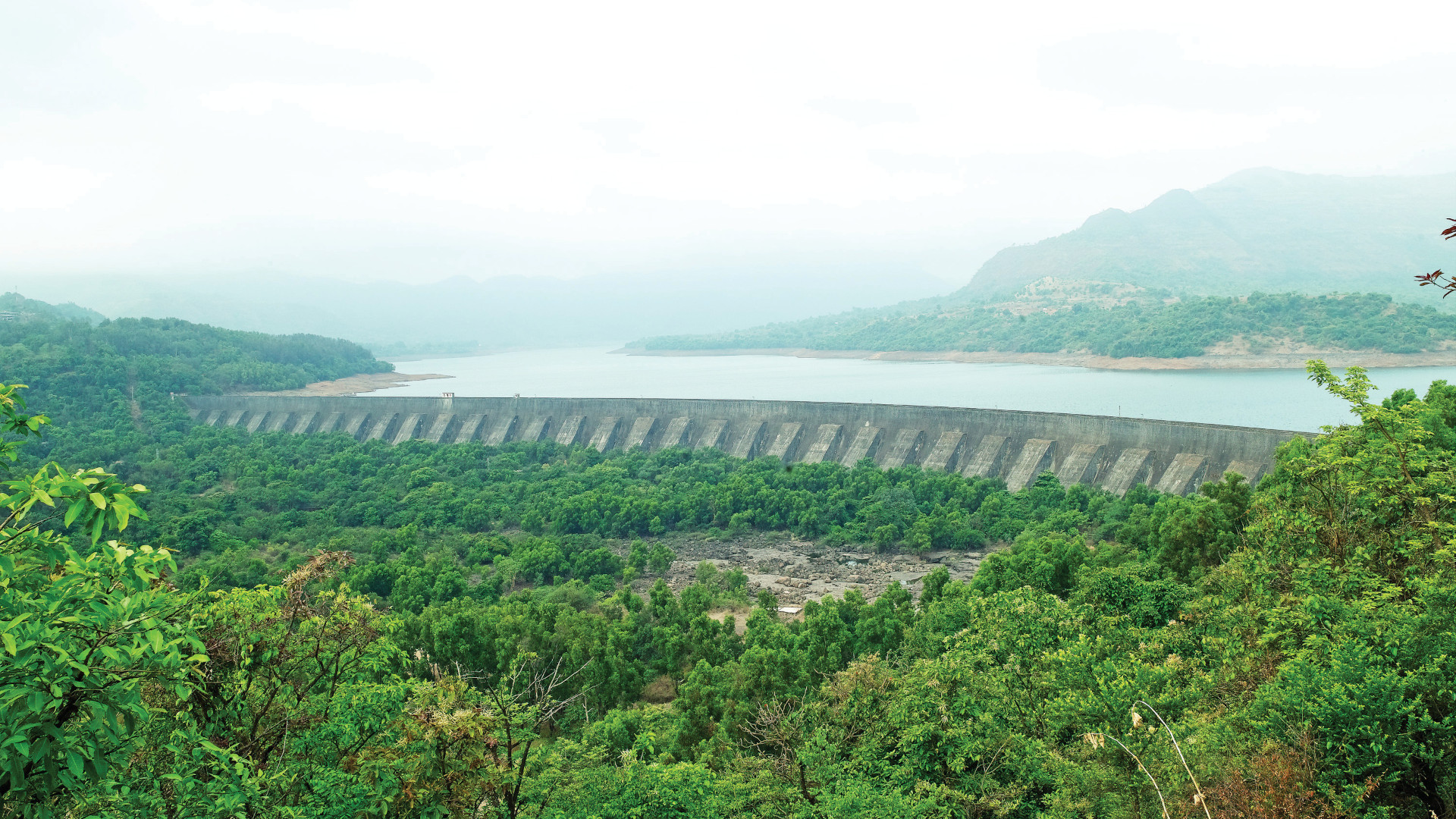
Investing in a greener tomorrow
Targeting 70% capacity from green sources, revenue of Rs 1 lakh crore and Rs 10,000 crore of profit after tax (PAT) by 2030, the company has made sustainable investments in solar, wind and hybrid projects. Its planned capital expenditure (capex) for FY25 has increased from Rs 12,000 crore (double the FY23 capex) to ~Rs 21,000 crore in the light of new project opportunities in renewables and the transmission and distribution (T&D) businesses. A total capex of Rs 1.46 lakh crore has been planned between FY25 and FY30, with Rs 25,000 crore earmarked for FY26. The company will spend ~60% of this in the renewable energy sector, including in large utility-scale projects and manufacturing operations related to renewables.
“We have laid strong foundations and now a large part of our capex will be spent on increasing our footprint and the various value adds to give us a stronger footing,” says Dr Sinha. “Currently, we are considering a foray into green hydrogen, small modular reactors, cooling as a service, and carbon capture, utilisation and storage.”
This strategic shift has seen the company’s market capitalisation surge to Rs 1.5 lakh crore in 2024, reporting a net profit of Rs 4,200 crore in FY24. In Q2FY25, Tata Power clocked its highest ever half-yearly consolidated revenue of Rs 32,057 crore (up 5% year-on-year) and its profit after tax surged to Rs 2,721 crore (up 41% year-on-year). The company’s operational efficiency gains have been equally impressive. In 2024, CRISIL upgraded Tata Power’s rating to AA+/Stable. The company’s rapid transition speaks to the changing economics of energy and India’s key role in the global fight against climate change.
Leading the charge
Traditional utilities in the global energy sector are at a critical juncture — they must evolve or face the prospect of extinction. The International Energy Agency (IEA) estimates renewable energy will account for 95% of new power capacity through 2026, driven by climate change imperatives and rapidly declining costs. For Tata Power, which started its business with hydro power in 1915, this shift represents an unprecedented opportunity. It read the situation earlier than most — noting the tightening environmental regulations, falling renewable costs and shifting investor preferences — and began laying the foundation for its green energy shift. It formed a dedicated renewable energy subsidiary, Tata Power Renewable Energy, and set a target of achieving 15GW of green capacity by 2027.
“Tata Power 2.0 is about reinventing Tata Power and getting it ready for the next 100 years,” says Dr Sinha. “From 2018 onwards, there were a lot of deliberations within the company to see how its core competencies — excellence in project execution, operations and cost optimisation — could be leveraged to become future ready. The restructuring was an intense and iterative exercise. By 2020, we had our plan in place and implemented it. It has taken us time to bring about improvements in processes, systems and practices, and train our people. But we have come out stronger and better, with a good foundation for the way ahead.”
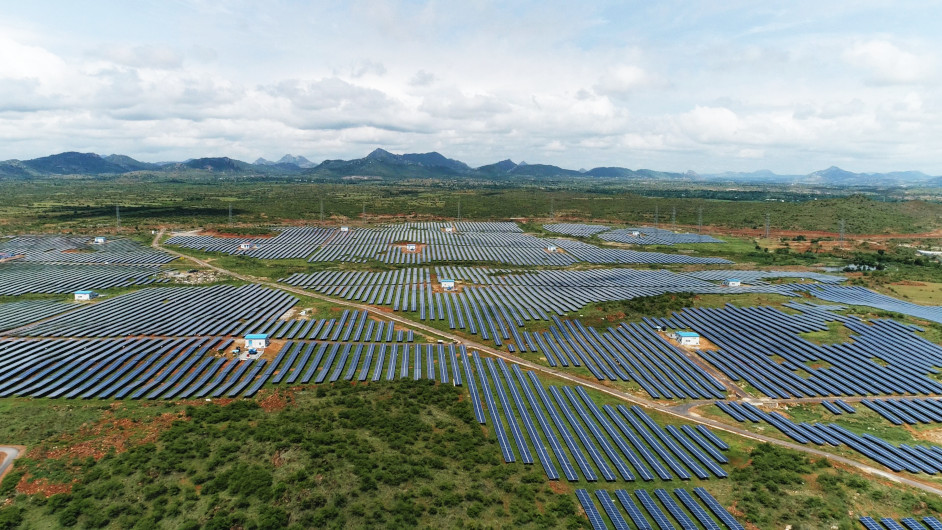
Shaping tomorrow
Tata Power’s comprehensive strategy encompasses multiple clean energy technologies across solar, wind, hydro, hybrid, floating solar, pumped storage and storage systems, including battery storage. In a departure from traditional utility models, the company is bundling all its offerings and building a digital platform to offer Energy as a Service (EaaS). Expected to be launched by mid-2025, the platform is designed to meet the dynamic needs of individuals, businesses and communities for 24x7 clean energy.
“No other power company has the kind of deep understanding that we have to offer customers 24x7 power solutions,” says Dr Sinha. “Through EaaS, all our clean energy solutions will be on one platform. As an integrated power company, many of our solutions are unique or ‘first-time’ and for some, we are the only provider in the country. Through our digital EaaS platform, we can customise the solution based on the customer’s utilisation so that they do not have to worry about grid integration issues, unpredictability and variability associated with renewable power.”
A carbon-free future
The global energy sector is undergoing its most important transformation since the industrial revolution. The 28th United Nations Climate Change Conference (COP28) marked a decisive shift in global energy policy — 198 countries agreed to “transition away” from fossil fuels by 2050.
India has set a target of 500GW of solar and wind power by 2030. According to the Ministry of New and Renewable Energy, as of November 2024, India’s non-fossil fuel capacity was 213.7GW — a 14.2% increase from 2023 — accounting for over 46% of total capacity. When including pipeline projects, the capacity surged to 472.9GW. Coal’s share fell below 50% for the first time since the 1960s, while solar contributed 20.62% and hydro accounted for 10.28%.
Committed to complementing government efforts, Tata Power has joined the global Science-Based Targets initiative (SBTi) — the first for an integrated power utility in India — setting verified emission reduction targets. It is targeting a 100% green and clean portfolio in its endeavour to become carbon net zero and 100% water neutral by 2045.
“No other utility, in the public or private sector, has set such an ambitious target,” says Dr Sinha. “We are demonstrating that we walk the talk, and we are showing how it can be done. We have not invested in coal-based plants since announcing our target and that is a huge step.”
Harnessing the sun
Solar power forms the backbone of Tata Power’s strategy, comprising 28% of its green energy capacity in FY24. It has built one of India’s largest floating solar power projects (126MW) in Madhya Pradesh and reported a solar EPC order book of Rs 15,900 crore for Q2FY25. It has increased its solar capacity to 4.4GW, as of November 2024.
In 2024, the company spearheaded the first-ever installation of on-ground solar bifacial modules at Chengmari Tea Estate, Asia’s largest tea estate, in West Bengal. The 1040kW bifacial solar system captures sunlight from both sides of the solar panel, cutting down the carbon footprint by 29,420tonne (t) annually. In March, Tata Power completed India’s largest solar and battery energy storage system (BESS) in Chhattisgarh. The project comprises a 100MW solar photovoltaic (PV) project and a 120MWh utility scale BESS.
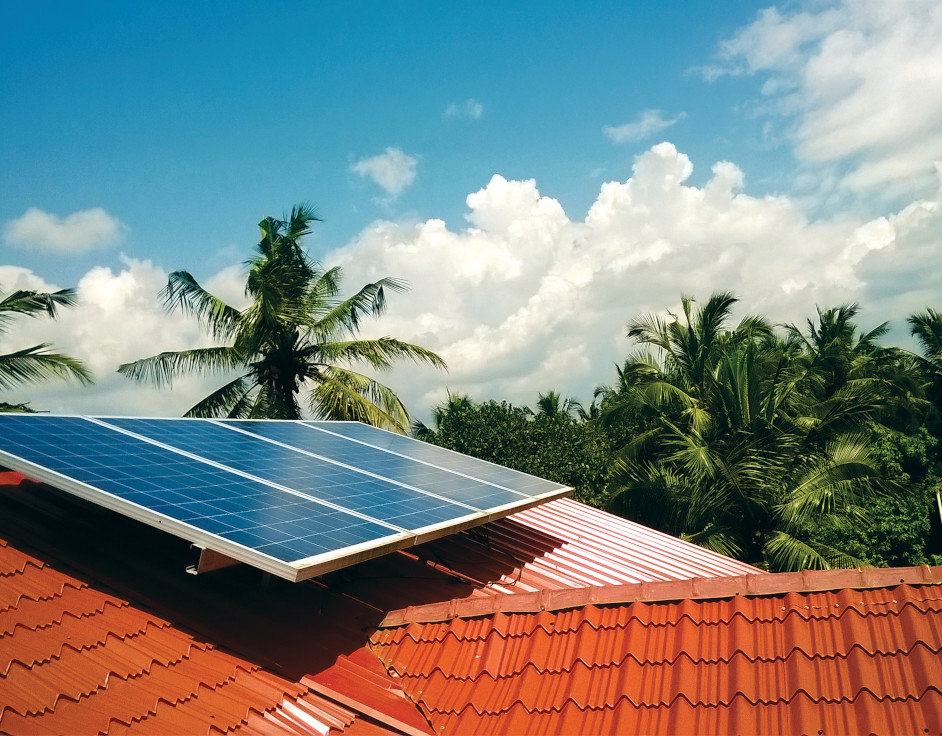
Riding the wave
Tata Power has been in the hydropower business long before India attained independence. It has constructed three hydropower plants in Maharashtra, powering the state with clean energy — two of these have already completed 100 years. The company’s total hydro capacity of 880MW, contributes to 6% of its green energy capacity.
This year, Tata Power bagged a contract to develop two more pumped hydro storage projects in Maharashtra, with a combined capacity of 2.8GW. The first is a 1,000MW plant in Raigad district (to be ready by 2028) and the second is a 1,800MW plant in Pune district (expected to be completed by 2029). Once operational, they will enable Tata Power to provide blended 24x7 clean power.
“We are investing heavily in hydro, including setting up hydropower plants in Bhutan,” says Dr Sinha. “This is in addition to our existing 126MW Dagachhu hydropower plant, which was the first public-private partnership in Bhutan’s hydropower sector.”
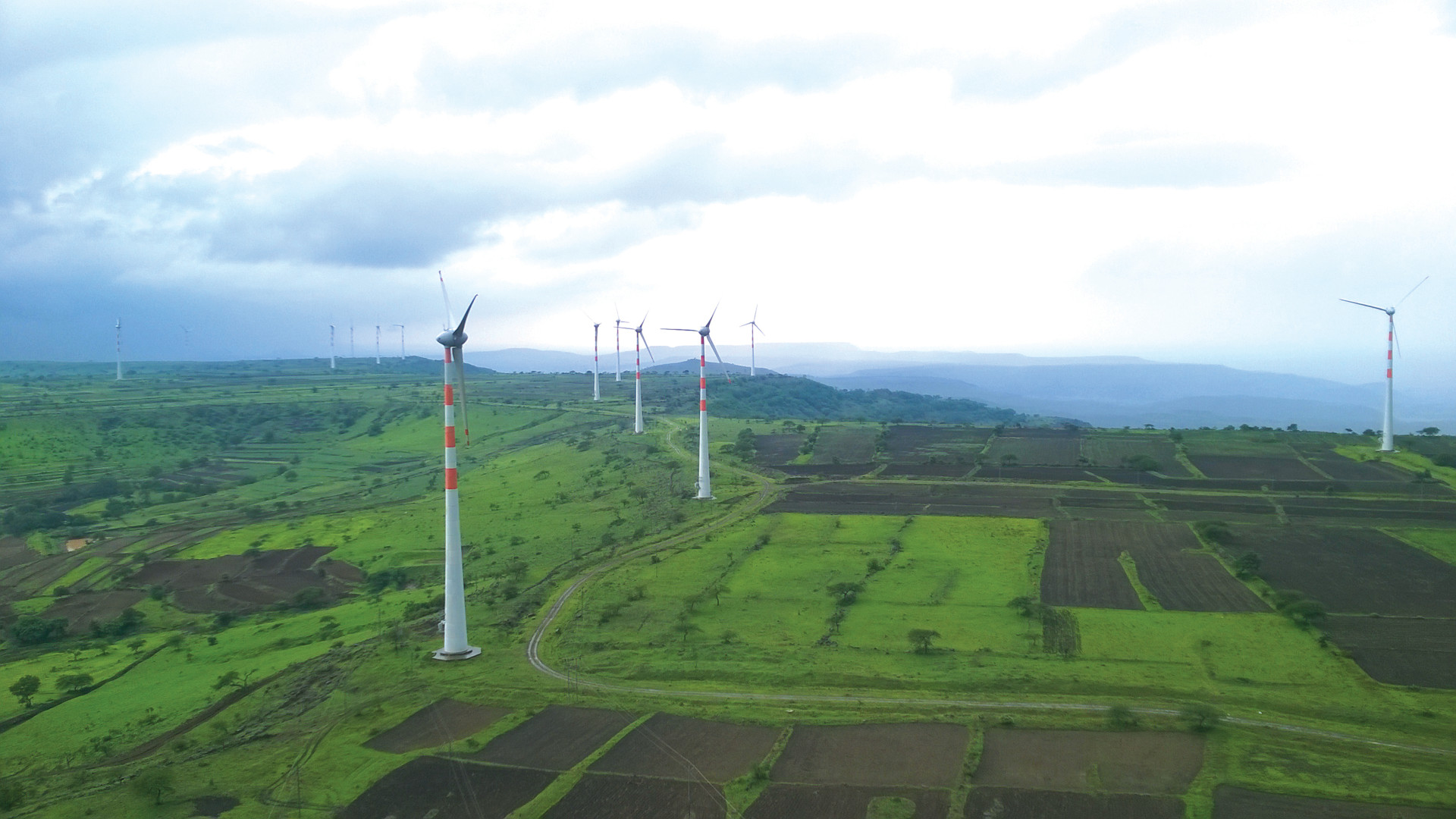
In November, Tata Power inked a landmark deal with Druk Green Power Corporation, Bhutan’s leading power company — expanding its international footprint. The two companies will develop 5,000MW renewable energy projects in Bhutan, including 2,000MW of hydropower, 2,500MW of pumped storage and 500MW of solar capacities. These projects will ensure round-the-clock (RTC)energy supply to Bhutan and India (through the 1,200km-long Tala transmission line that exports clean power from Bhutan to India).
“This partnership reinforces our credentials as the most preferred clean energy partner in the region,” says Dr Sinha. “We are harnessing Bhutan’s hydropower potential and supporting both countries’ growing energy demands with reliable energy supply. Together, we are shaping a new energy era.”
Powering with wind
Wind energy forms another large part of the company’s renewable mix (7%), with over 1GW already spinning and 3GW in development. Tata Power entered this domain in 2001, with its first 17MW wind asset in Maharashtra and aims to increase capacity to 5GW over the next five years.
The company has also made strategic investments in pursuing hybrid capacities to provide RTC green power. This year, it bagged a 400MW wind-solar hybrid project from Maharashtra State Electricity Distribution and a 966MW hybrid project to help Tata Steel meet its increasing power demands.

Manufacturing power play
Tata Power’s latest manufacturing venture — a 4.3GW plant that is India’s largest single-location integrated solar cell and module facility — signals a concerted bid to capture a commanding share of the burgeoning clean energy market. Built with an investment of Rs 4,300 crore, it arrives at a time when global supply chains are shifting and government policies are creating a conducive environment for domestic manufacturers.
The plant, located in Tirunelveli, Tamil Nadu, is led by an 80% women workforce — skilled operators carving out their space in India’s green energy sector. Hailing from nearby villages, these women manage automated systems, like robotic arms and self-navigating robots, ensure quality control and rigorous process adherence — roles that demand acute technical acumen.
“This is a significant step towards indigenisation in the solar value chain and achieving self-sufficiency,” says Dr Sinha. In Q2FY25, the plant contributed over Rs 1,400 crore in revenue, with EBITDA of Rs 130 crore. While it will initially cater to Tata Power’s needs, it expects to sell 50% of units to third parties after FY26.
Rooftop revolution
By promoting rooftop solar (RTS) installations through its Ghar Ghar Solar campaign, Tata Power is revolutionising the energy landscape for residential consumers in urban and rural India. The market leader in RTS for nine years in a row, commanding a 13% market share, it has installed 1 lakh+ RTS systems (2.5GW+) across residential, commercial and industrial spaces.
Through this campaign, it aims to add 30 lakh households in the next three years to support the PM Surya Ghar Yojana. It also plans to expand its extensive network of 500+ channel partners to 5,000+. In Q2FY25, the company had a healthy order book (~Rs 684 crore) for this segment.
Another significant initiative is its partnership with NHPC Renewable Energy to install RTS systems across government-owned buildings. This initiative targets 100% solarisation of buildings, across central ministries, states and union territories by December 2025.
Empowering rural India
Tata Power is also bringing affordable, renewable energy to rural India through its microgrid solutions. These self-sustaining mini-utility systems generate solar power, backed by battery storage and smart metering, to provide 24x7 reliable power. Tata Power is especially targeting those areas that are remote and off-grid. Solar microgrids range from 1kW to several megawatts and a 4kW grid can power 100+ homes.
Microgrids not only electrify villages but also catalyse rural entrepreneurship by providing reliable power, ensuring efficient operations for a wide range of businesses and transforming thousands of lives in the process. “An RO plant run on electricity can supply drinkable water to nearby villages as well, at a nominal cost of Rs 1 per litre,” says Dr Sinha. “Every village can have a digital classroom powered by affordable electricity. We don’t just provide access to energy but facilitate socio-economic change and micro-enterprise development.”
Tata Power’s microgrids are an efficient and economical solution for rural areas where people use non-grid sources like diesel generators, which are neither economical nor eco-friendly. The cost of energy from a microgrid is one-fifth of the cost of diesel and the company’s smart meters are eight times more cost-effective than traditional ones.
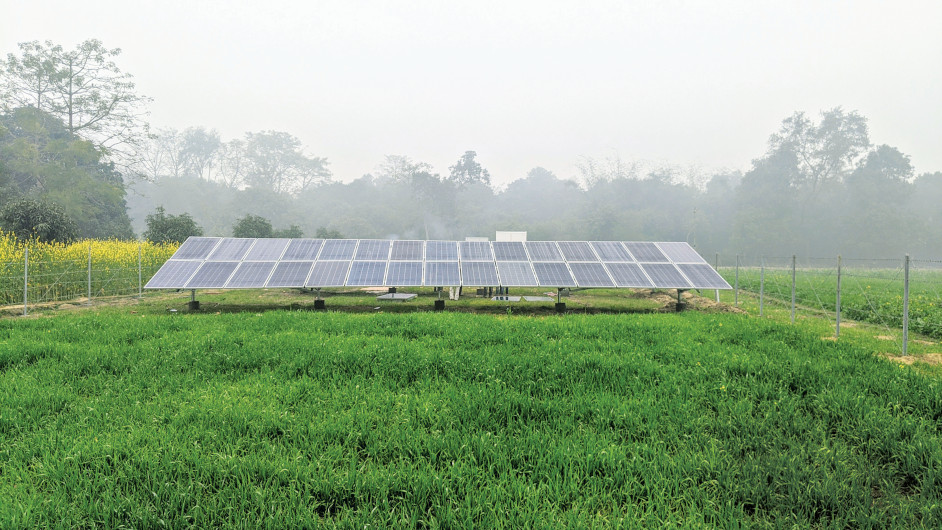
Deliciously sustainable
When TPRMG set up microgrids in his village in Bahraich district of Uttar Pradesh, Suyab Siddique decided to return home and set up a reverse osmosis (RO) plant to address the critical need for clean drinking water in the community. Determined to make the most of the reliable and affordable green power now available, he expanded his business and set up an ice cream factory. The diversification has transformed the lives of locals who are now employed in the factory, providing them with a stable income, and boosting the local economy.
“We are developing a model that can be easily replicated and is financially viable to benefit all those countries where people do not have universal access to energy through the grid, especially in Sub-Saharan Africa,” says Dr Sinha.
Earlier this year, Tata Power Renewable Microgrid (TPRMG), a wholly-owned subsidiary of Tata Power, partnered with the National Dairy Development Board to integrate renewable energy solutions in the supply chain. A standout initiative is the ambitious plan to transform Mujkuva village in Anand district, Gujarat, into a model carbon neutral village.
TPRMG’s microgrid model has received recognition from the World Economic Forum (WEF). WEF highlighted the initiative as a people-positive accelerator of clean energy adoption — a model that could be replicated for sustainable rural electrification in developing countries worldwide.
The company has deployed its innovative microgrid model in 200+ villages across Bihar, Uttar Pradesh and Odisha, saving over 30 lakh litres of diesel and reducing 8,000t carbon dioxide emissions annually.
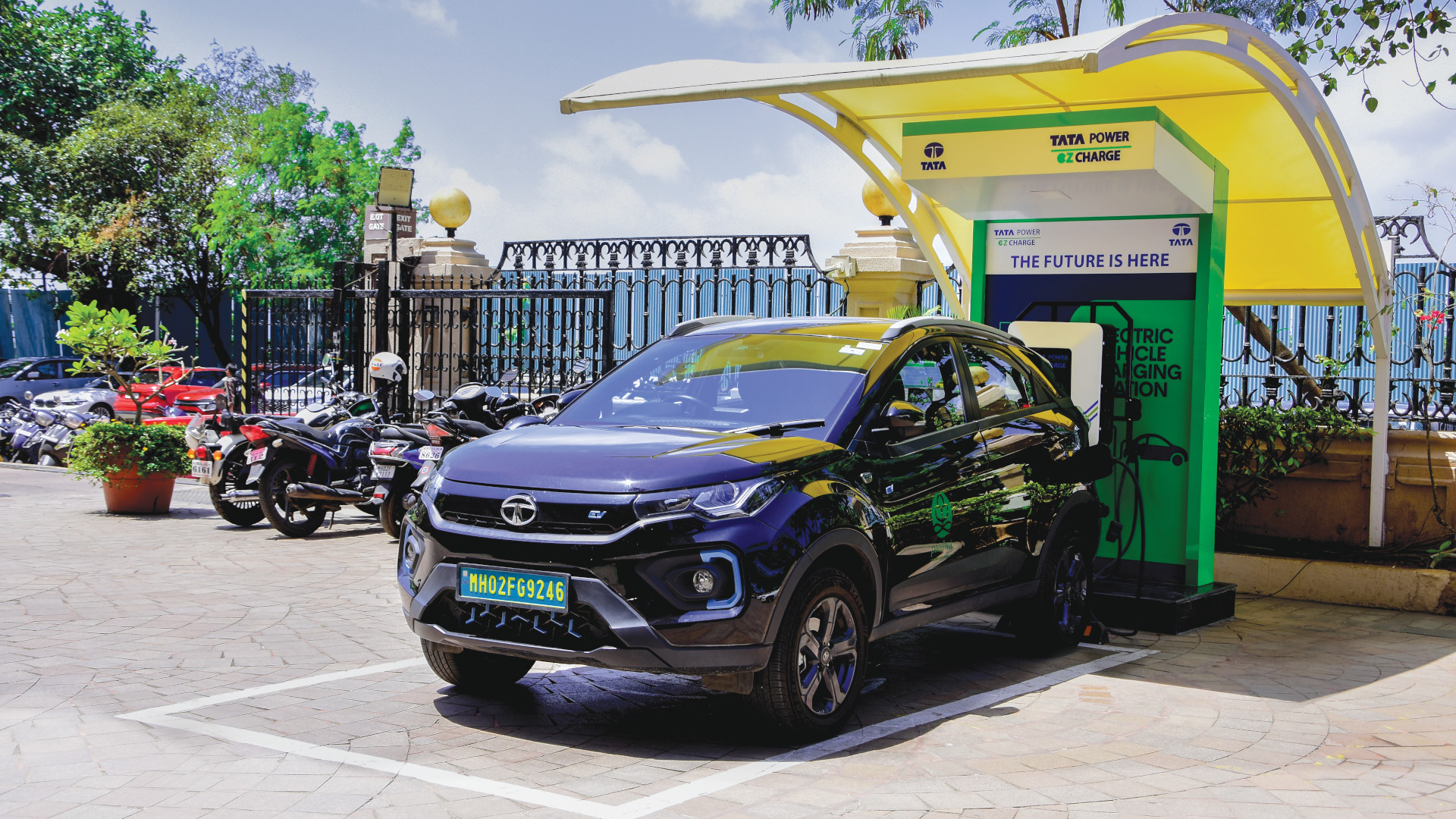
Supercharging progress
Tata Power is also spearheading EV charging infrastructure development, supporting the shift to sustainable, electric mobility across the country. Its network includes over 1 lakh home EV chargers, 1,100+ EV bus charging points and 5,600+ public and captive RFID-enabled charging points across 550+ cities and towns. This makes it the country’s largest EV charging network — crossing the 10 crore green kilometres milestone earlier this year.
Its EZ Charge platform offers end-to-end solutions, from home chargers to high-capacity fast-charging stations at highways. It is supported by a user-friendly, cloud-based mobile app — to locate and access charging points — that offers flexible payment options for ease of use. The combination of its EV charging infrastructure and RTS solutions enables customers to choose 100% green mobility.
The company’s strategic partnerships with automotive manufacturers, including Tata Motors and JLR, malls, hotels, hospitals and highway authorities continue to accelerate its network expansion. Over the next five years, Tata Power aims to install another 7.5+ lakh home chargers and 10,000+ charging points.
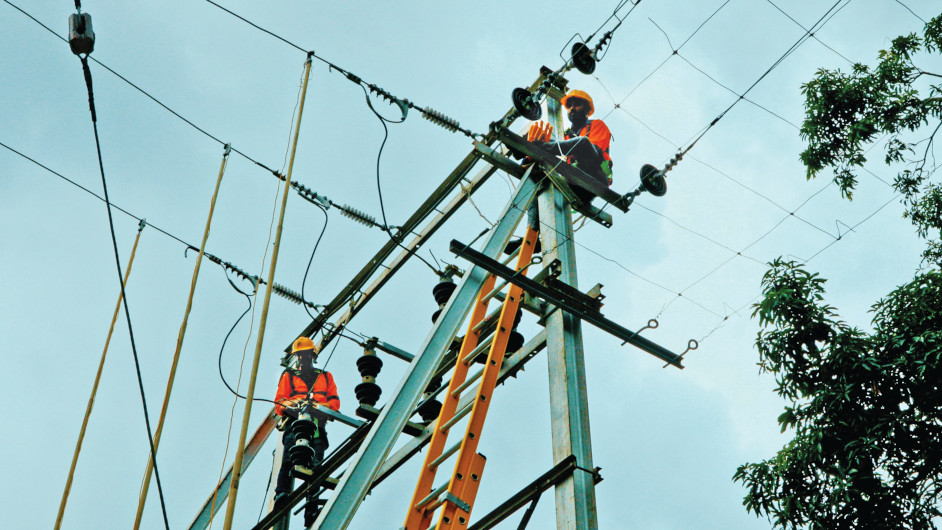
Strengthening the grid
While solar farms and EV charging steal the spotlight when it comes to India’s energy transition, equally crucial is the gruelling work of modernising the country’s power grid to ensure power availability and green power evacuation from the remotest sites. Tata Power has been a trailblazer here as well. In the last five years, the company’s transmission lines have increased 2x to 6,277circuit kilometres (Ckm). Four more transmission projects, valued at ~Rs 7,100 crore, are in the pipeline, and the utility is targeting 10,500 Ckm by FY30 to fast-track green energy supply.
Today, Tata Power is the largest private distribution company in India. Its distribution business, once limited to Mumbai, has tripled over the last three years and serves more than 1.25 crore customers — across Delhi, Odisha, Ajmer and Mumbai — and it is targeting a 4-crore consumer base by FY30.
Energy efficiency is an integral aspect of the energy transition and Tata Power has been spearheading the transformation of its discoms through reductions in AT&C losses. In Delhi, losses have reduced from 53% to <7% and its Odisha discoms have reduced losses by ~11% on average, in the last three years.
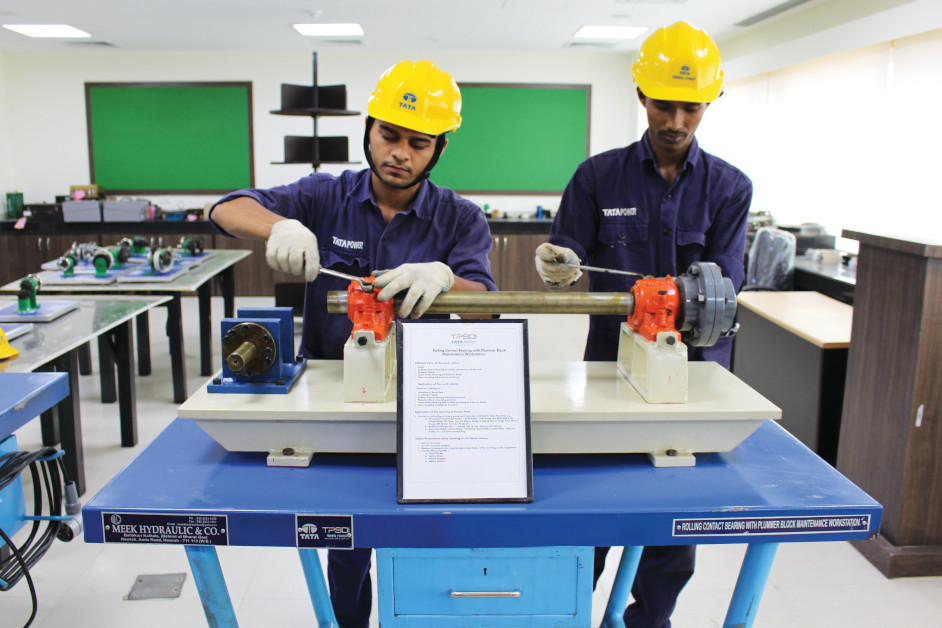
Skilling for tomorrow
Tata Power’s transformation has necessitated a comprehensive reskilling programme. The Tata Power Skill Development Institute (TPSDI) plays a pivotal role in this. It is training 3 lakh individuals in renewable energy technologies, helping create a green-collar workforce. Its programmes range from basic solar installation to wind turbine maintenance and smart grid management, addressing a critical skill gap in the industry.
Digital integration
Technological innovation has been central to Tata Power’s growth and transformation. The utility has deployed advanced artificial intelligence-driven grid management systems, smart meters and data analytics tools to modernise grid operations and improve efficiency. Its demand response programmes encourage consumers to adjust their energy use during peak hours using mobile apps that enable them to monitor their consumption in real time. It’s the kind of modernisation India’s power sector has long needed.
The company’s Network Operation Centre (NOC) in Mumbai monitors its extensive EV charging network in real time, ensuring charger availability and swift maintenance interventions. Similarly, there is a Central Control Room for Renewable Assets and its RTS installations are monitored through a designated NOC.
“We have implemented a lot of ‘first-of-its-kind’ innovations that are game-changers in the industry,” says Dr Sinha. “We are also good students, learning how new technologies are impacting our business. We use a lot of data analytics and artificial intelligence to enhance and carry out many of our operational capabilities.”
Technological innovation
Tata Power’s R&D centres and Smart Grid Labs offer a window into its ambitions. These hubs pilot advanced technologies focussing on next-generation solar systems, battery storage solutions, efficient and sustainable power distribution and grid management systems to make India’s power sector future-ready. In FY24, Tata Power spent Rs 12.2 crore — 65% of its capex and 0.02% of its turnover — on R&D.
The company has set up the Clean Energy International Incubation Centre (CEIIC) in collaboration with Social Alpha’s Energy Lab, the Tata Trusts and the Government of India, supported by the Department of Biotechnology, Biotechnology Industry Research Assistance Council. CEIIC offers complete ‘lab to market’ incubation and is the first international incubator in India under the global Mission Innovation initiative.
Tata Power also leverages its 70 partnerships with Tata companies, tech firms, startups and academic institutions, like IIT Bombay and MIT ONE Lab, to accelerate development.
Sustainable power
Tata Power’s renewable energy transformation has emerged as a masterclass in strategic reinvention, offering valuable lessons for utilities worldwide. With aggressive capital deployment, robust project execution, streamlining operations through digital initiatives and achieving economies of scale, the utility giant has demonstrated that profitability and sustainability can go hand in hand.
It has also illustrated that a successful energy transition requires not just technological innovation but institutional transformation — something Tata Power seems uniquely positioned to deliver. This tale of transformation isn’t just about the greening of an Indian giant; it offers a glimpse into the role that corporate India could play in addressing one of this century’s greatest challenges.
A company of firsts
- 1st 500MW thermal unit in India (Trombay, Maharashtra)
- 1st 150MW pumped storage unit in India (Bhira, Maharashtra)
- 1st islanding system for power supply in India (Mumbai, Maharashtra)
- 1st Indian company to commission a cross-border hydropower project in Bhutan
- 1st Indian pad mount substation (Mumbai, Maharashtra)
- 1st 4,000MW ultra mega power project in India (Mundra, Gujarat)
- World’s largest rooftop solar installation at a cricket stadium (Mumbai, Maharashtra)
- India’s largest vertical solar farm (Bengaluru, Karnataka)
- India’s largest solar BESS (Rajnandgaon, Chhattisgarh)
- South Asia’s largest BESS (Delhi)
- India’s largest single-axis solar tracker system (Dholera, Gujarat)
—Kermin Bhot




